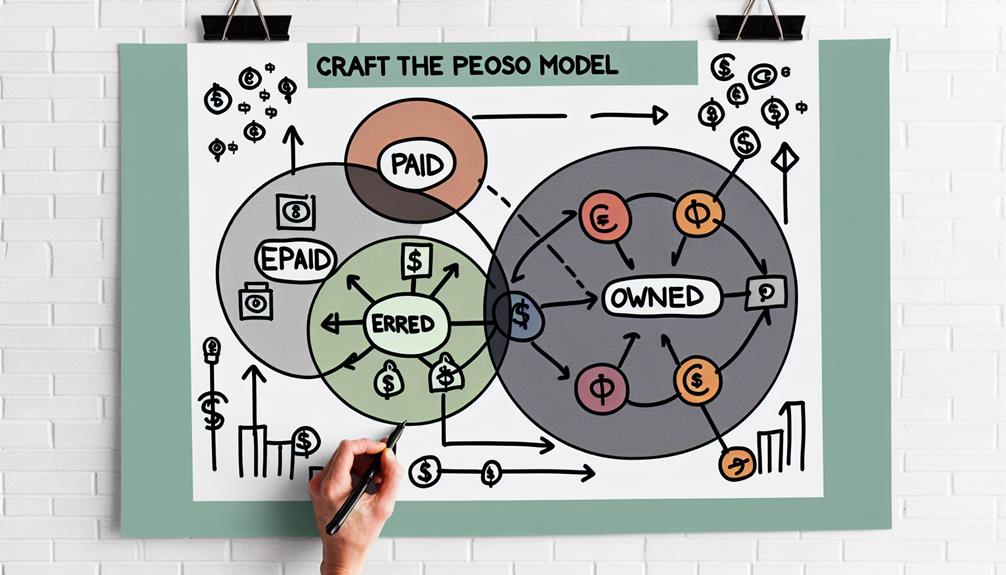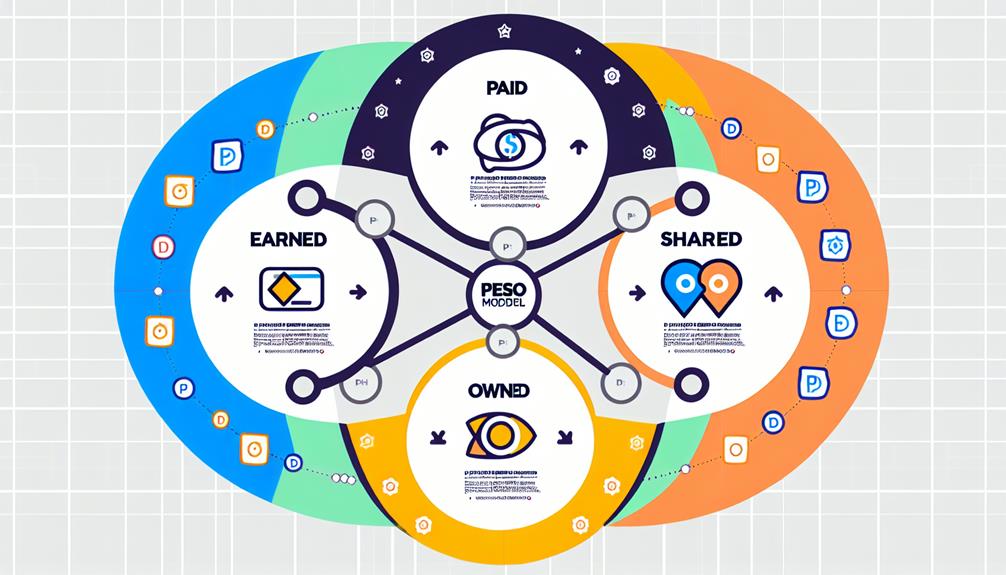The PESO model is a strategic framework that combines Paid, Earned, Shared, and Owned media to boost your brand’s visibility and engagement. It encourages you to integrate all four media types for a cohesive approach. Paid media allows you to invest in ads, while earned media focuses on gaining third-party endorsements. Shared media emphasizes social interactions and user-generated content, and owned media gives you full control over your brand’s messaging. By understanding and applying the PESO model, you’ll elevate your marketing efforts and maximize your impact across various channels. There’s much more to uncover about its implementation and benefits.
Understanding the PESO Model

The PESO Model is a powerful framework that helps you integrate paid, earned, shared, and owned media into your marketing strategy.
This model not only enhances brand visibility but also promotes community engagement through its cohesive approach.
Understanding its origin and evolution can provide valuable insights into how it has adapted to the changing landscape of communication, especially in terms of the importance of earned media.
What is the PESO Model?
PESO Model stands for Paid, Earned, Shared, and Owned media, and it serves as a powerful framework for integrating diverse marketing channels.
This integrated peso approach enhances your marketing communications by combining four distinct media strategies to boost brand awareness and engagement across multiple platforms.
Paid media involves financial transactions for content promotion, such as ads and sponsored posts, ensuring visibility in crowded markets.
Earned media relies on gaining third-party endorsements through valuable content, enhancing credibility and trust.
Shared media focuses on social interactions, encouraging audiences to engage with and share your content on platforms like Facebook and Instagram.
The Origin and Evolution of the PESO Model
Coined by Gini Dietrich in her 2014 book Spin Sucks, the PESO model emerged as a response to the shifting dynamics of marketing and public relations. The model reflects the evolving media landscape, addressing the convergence of paid, earned, shared, and owned media.
Historically, marketing professionals focused on distinct channels, but as digital platforms grew, the lines blurred.
Key developments in the PESO model include:
- The introduction of shared media, recognizing the importance of social platforms.
- A shift from traditional metrics to KPI-based measurements, emphasizing leads and revenue.
- The adaptation of the model to include SEO and content marketing strategies.
- The removal of outdated channels like Google+ in favor of more relevant platforms.
Gini Dietrich’s framework encourages brands to integrate all four media types into their marketing strategy, enhancing their reach and effectiveness.
Components of the PESO Model

Now that you understand the PESO model, it’s essential to explore its components: Paid, Earned, Shared, and Owned media.
Each plays a unique role in your marketing strategy, offering distinct benefits and challenges.
Let’s break down how to effectively leverage these media types for your communication goals.
Paid Media Strategies
Paid media strategies play a crucial role in enhancing your marketing efforts within the PESO model. By investing in paid media efforts, you can directly target specific audiences and increase visibility for your marketing goals.
This approach complements your paid and earned media strategies, creating a well-rounded marketing plan.
Here are some key components of effective paid media strategies:
- Social Media Ads: Tailor ads on platforms like Facebook and Instagram to reach your ideal customers.
- Sponsored Content: Collaborate with publishers to create engaging articles or videos that resonate with their audience.
- Search Engine Marketing: Utilize PPC campaigns to drive traffic to your website and achieve measurable results.
- Performance Measurement: Regularly assess your paid media efforts to ensure they align with your marketing objectives and are measured for effectiveness.
Earned Media Tactics
When it comes to building credibility and expanding organic reach, earned media plays a pivotal role in your marketing strategy. By leveraging media relations, you can secure valuable coverage that enhances your brand’s reputation. Start by crafting compelling press releases that highlight your unique stories, making it easier for journalists to share your message.
Influencer partnerships are another powerful strategy for garnering media coverage. Collaborate with influencers who align with your values and audience. Their endorsement can translate to authentic reach, driving more engagement with your brand.
Additionally, don’t underestimate the power of customer testimonials. Showcase real experiences that highlight your product or service’s benefits, further boosting credibility.
Incorporating these tactics into your PESO model ensures that you’re taking full advantage of earned media opportunities. By actively engaging with shared media platforms, you can amplify your message and reach new audiences.
Shared Media
Shared media plays a pivotal role in amplifying brand messages and fostering community engagement through social platforms. This dynamic component of the PESO Model leverages social networks to spread content created by both users and brands, enhancing visibility and interaction.
It’s an essential tool for creating viral marketing campaigns that capture the audience’s attention and drive conversations.
Consider these aspects of shared media:
- User-Generated Content: Encourages consumers to create and share their experiences.
- Social Media Influencers: Partnering with influencers can boost brand credibility and reach.
- Engagement Analytics: Monitoring interactions helps refine strategies for better outcomes.
- Content Virality: Crafting shareable content can lead to exponential reach.
Owned Media
Owned media consists of content and channels that a brand fully controls, allowing for strategic messaging and audience engagement. This includes websites, blogs, newsletters, and other forms of content that you create and manage. Since you have direct control over owned media, you can tailor your messaging to align perfectly with your brand’s identity and goals.
By leveraging owned media, you can build a loyal audience eager to consume your content. When you consistently provide valuable insights, updates, and entertainment through your channels, you foster trust and engagement. This deepens the relationship between your brand and your audience, making them more likely to return for future interactions.
In the PESO model, owned media serves as the foundation for your marketing efforts. It allows you to experiment with different content types, whether it’s articles, podcasts, or videos, ensuring that you capture your audience’s attention effectively.
Moreover, since you control this content, you can adapt and refine your approach based on audience feedback and analytics, enhancing your overall strategy. Embracing owned media is essential for any brand seeking to establish a strong presence and connect meaningfully with its audience.
Implementing the PESO Model

To implement the PESO model effectively, you’ll want to start by setting clear objectives and identifying your target audience.
Understanding the relationship between PR and SEO can enhance your strategy significantly, as PR enhances SEO through strategic narratives.
Next, develop a cohesive media strategy that integrates paid, earned, shared, and owned components.
Setting Objectives and Targeting the Audience
When launching a PESO-based strategy, it’s essential to kick off by setting clear objectives and pinpointing your target audience. This process involves understanding who you’re trying to reach and how best to communicate with them.
Begin by defining specific goals aligned with your brand’s authority and credibility.
Next, focus on audience segmentation to tailor your approach effectively. Consider these strategies:
- Identify demographic groups that align with your product or service.
- Use data analytics to understand behaviors and preferences.
- Customize messages for different segments to enhance engagement.
- Leverage shared and owned media to reach your audience where they are.
Developing a Cohesive Media Strategy
Creating a cohesive media strategy that integrates paid, earned, shared, and owned media is crucial for maximizing your marketing efforts. By leveraging the PESO model, you can ensure consistent messaging across all media properties, strengthening your brand identity. It’s essential to align your strategies, so each component complements the others, creating a unified approach.
Here’s a quick overview of how to implement a cohesive strategy:
| Media Type | Key Focus |
|---|---|
| Paid Media | Drive traffic and visibility with ads |
| Earned Media | Build credibility through third-party endorsements |
| Shared Media | Engage your audience on social platforms |
| Owned Media | Control your content and messaging |
| Consistent Messaging | Ensure all media types reflect the same brand voice |
Measuring Success and ROI
Measuring the success of your PESO model implementation is essential for understanding its impact on your marketing efforts. By using the right key performance indicators (KPIs) and tools for tracking media impact, you can determine how well your strategy is performing and where to make adjustments.
Consider these crucial aspects:
- Engagement Rates: Monitor likes, shares, and comments on your shared media.
- Traffic Analysis: Use analytics tools to track website visits from owned content.
- Lead Generation: Evaluate the number of leads generated from paid campaigns.
- SEO Performance: Assess search engine optimization metrics, such as keyword rankings and organic traffic.
As a marketing expert, you should integrate analytics in refining media strategies across the components of the PESO model.
By focusing on both shared and owned media, you can identify trends that enhance your corporate social responsibility initiatives, ultimately driving ROI.
Case Studies and Best Practices

When you look at real-world examples of the PESO model, you’ll see how different industries effectively leverage its components.
Each case highlights valuable lessons learned and expert advice that you can apply to your own marketing strategies.
Industry-Specific Applications
Industries across the board have embraced the PESO model, tailoring its components to fit their specific needs and challenges.
In technology, companies leverage the peso media model by utilizing event marketing to showcase innovations while maintaining a strong presence on social media channels for consumer engagement.
Healthcare organizations prioritize earned and shared media to build authority and credibility, sharing patient success stories to foster trust.
In the consumer goods sector, brands combine paid media with owned content to drive product launches. They create buzz through social media campaigns, ensuring their messaging resonates with target audiences.
Here are some best practices across industries:
- Technology: Use event marketing to highlight product launches and engage audiences.
- Healthcare: Share patient testimonials through shared media to build trust.
- Consumer Goods: Combine paid advertising with owned blogs to inform and entertain.
- Retail: Utilize social media channels for interactive campaigns and customer feedback.
Lessons Learned and Expert Advice
Implementing the PESO model effectively can make a significant difference in your marketing outcomes, as evidenced by various case studies across different sectors.
One key lesson learned is the power of integration; leveraging the strengths of the paid, earned, shared, and owned media channels enhances your overall media strategy. The creator of the PESO, Gini Dietrich, emphasizes aligning your brand’s content with audience needs to maximize engagement.
Expert advice often highlights the importance of avoiding common pitfalls, such as neglecting shared media or failing to monitor performance metrics. Regularly assess the content you’ve created to ensure it resonates with your audience.
Continuous improvement is vital; adapt your strategies based on data-driven insights to stay ahead in a rapidly evolving landscape.
Additionally, focus on building relationships with influencers for earned media opportunities, and utilize social media to amplify your message.
Conclusion
Incorporating the PESO model into your marketing strategy can transform how you connect with your audience. By leveraging paid, earned, shared, and owned media, you’ll create a cohesive approach that enhances visibility, builds credibility, fosters engagement, and establishes your brand’s voice. Embrace this framework to adapt to the ever-changing digital landscape and drive measurable results. With the right implementation, you’ll unlock new opportunities for success and elevate your brand to new heights.


